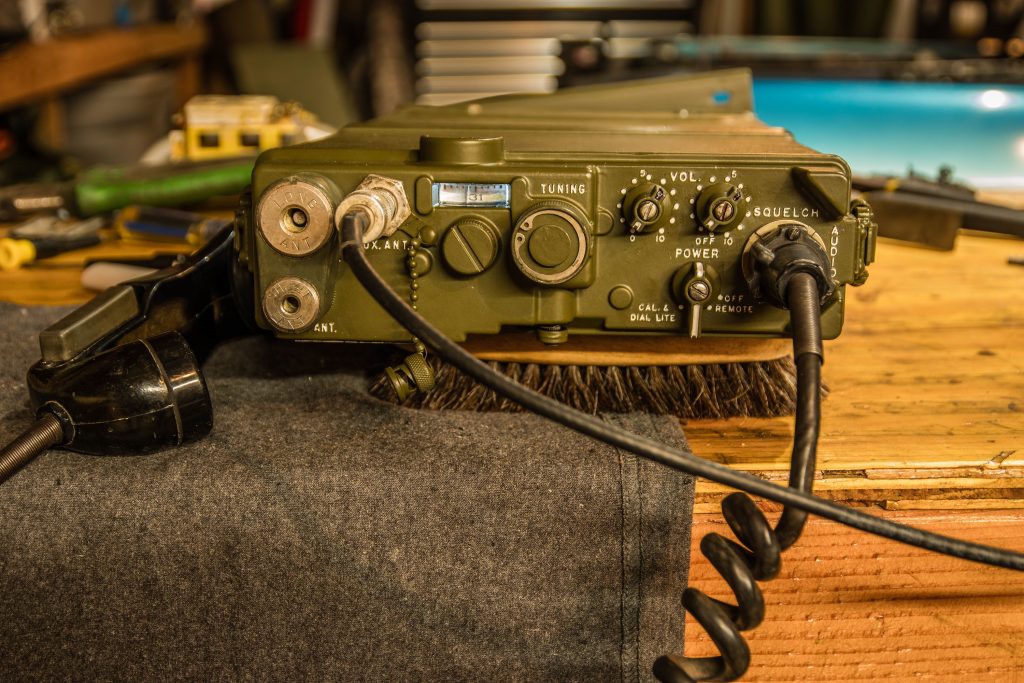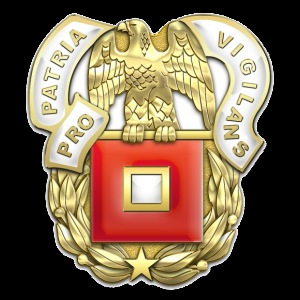Edit – FairRadio ran out of stock before my order, so I wont end up with these. There really aren’t many places that have these either so I may have missed my window. Disappointing but ill keep looking and hopefully get lucky sometime.
Following the SCR300 radio, the Army acquired the PRC-8 (Armor)/9 (Artillery) /10 (Infantry) series of radios. These radios were in service for the 50s and early 60s. I previously have taken an unsalvageable PRC-9 as a housing for a modern radio set, but I got a couple of additional salvageable radios which I intend to make operational mostly as issued. The batteries are no longer made, so I wont be able to use those, but there are some alternative power sources I have found that others have come up with.

The PRC-9 that I used gave me a bit of familiarity with the innards and the parts that weren’t corroded I kept. This should give me some spares, a few of the tubes seemed to be in decent shape.
From an amateur radio use perspective, the PRC-10 (38.0 to 54.9 MHz) covers the 6m band and the PRC-9 (27.0 to 38.9 MHz) covers the 10m band. I selected this model because it was the Artillery version, not for its frequency coverage, but it appears that I got lucky, 10m seems more active to me than 6m over the years I have been listening to the amateur bands. The PRC-8 (20.0 to 27.9 MHz) would have been a good selection too, covering the 15m and 12m bands.
I have been wanting a deeper understanding of radio for quite awhile, and this project should do just that. I did work on tuning 12 series radios (the RT-524) in the late 90s full time, but that was just following a script more than understanding fundamentally what I was doing. My basic understanding is that antennas pick up tiny voltage differences and amplify them but the roles of the various components I am not familiar with. Ill just have to start at the beginning, take this in steps, and slog through the math. The math part I am not really enthusiastic about, but I won’t gain an understanding if I skip that part.
I also have a second Transoceanic 3000 that needs repair that I can explore after this project, which should be an interesting comparison of differing receiver designs.
